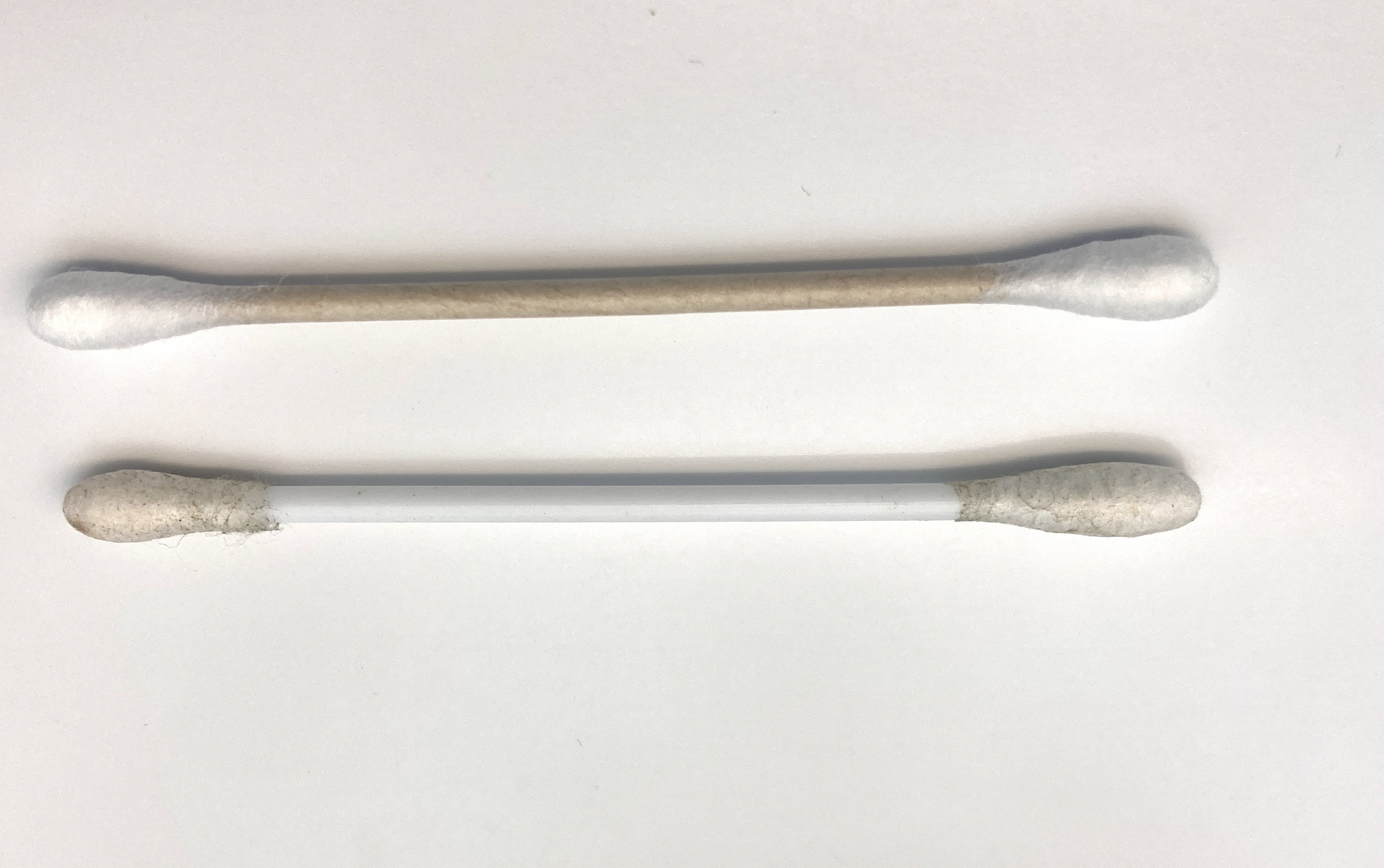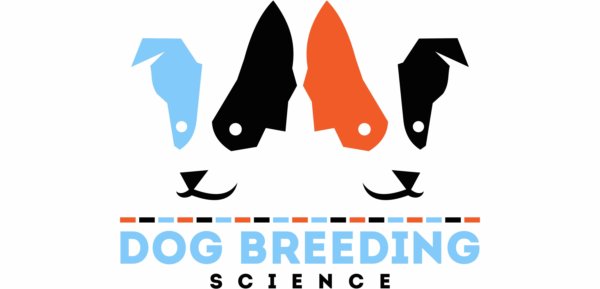DNA testing from mouth swabs
Mouth swabs are the most common way to collect genetic material from dogs. We can use DNA from mouth swabs to test for colour, coat and health traits in your dog.
When you send us mouth swabs from your dog make sure that it only contains material from your dog. Hair, saliva, skin cells, blood or semen from another dog or another animal will contaminate the sample. Food will also contaminate the sample: you don't want us testing your dog food and not your dog!
Mouth swabs don't work well for puppies under five to six weeks of age. Young puppies like this do not produce much saliva, so skin cells from their mouths don't stick to the swabs very well. They also have smaller mouths, and should be regularly feeding so their mouths are usually contaminated by food and/or their mother. We encourage breeders to wait until the pups reach nearly six weeks before taking mouth swabs for testing.
If you wait for your puppies to mature and promise to take good swabs, we promise to work on bringing our turnaround time down to less than a week.
Can't wait that long? Read about testing from umbilical cord and plan ahead for your next litter.
The benefits of mouth swabs
-
If you dog has a healthy uninjured mouth swabbing should not cause discomfort
-
Many breeders have a lot of practice taking mouth swabs
How to take dog mouth swabs
Label a clean envelope with the sample ID you received for your dog when you ordered.
Make sure your hands are clean and that the dog you are swabbing has not had food, shared toys or part of another dog in its mouth in the last 30-60 minutes.
Get a standard cotton tip (cotton swab). These are widely available from supermarkets and chemists.
Rub the soft cotton end of the swab on your dog's gums and inner cheeks. You are aiming to pick up as many loose skin cells as possible. Rub firmly, because cotton swabs are quite gentle. Keep going for at least 30 seconds. Think of it as being similar to brushing teeth, except you are targeting the inner cheeks and the gums rather than the teeth or tongue.
Pick up more loose skin cells by rubbing the swab in many places in the mouth.
Swap ends or grab a fresh clean swab and repeat the process.
Place the sticky swab in the labeled envelope you prepared earlier. The paper envelope will draw moisture out of the swab which in turn helps preserve the DNA.
It is better to give us fewer swabs that you have spent a lot of time on, rather than a large number with just a bit of sample on each. We can only fit two ends of a cotton swab in a single test tube, so while extras let us store swabs for extra testing later they don't contribute to your immediate testing. Aim for two or more swab ends with strong DNA that will produce clear, accurate results.
How can you tell if it's a good sample?

It's usually clear when a dog owner has spent a lot of time collecting a really good sample. The top swab is unused, while the bottom swab is discoloured and a little bit matted from the time and effort spent collecting the sample. It doesn't have food or mud clinging to it.
Sending your samples
You can put multiple sealed sample envelopes together in a larger envelope to send them to the lab. Our address is:
Dog Breeding Science
40 Boronia St
Redfern NSW 2016
AUSTRALIA
Make sure you do not use plastic, not even to wrap the paper envelopes.
